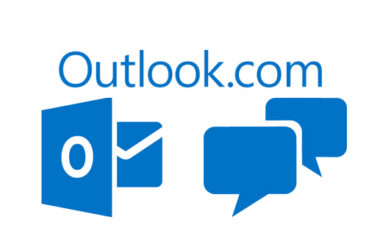When it comes to real-time messaging services, Pusher has been a popular choice for developers seeking seamless communication in their applications. However, in today’s landscape, where cost-effectiveness and flexibility are paramount, many are on the lookout for viable Pusher alternatives that are free. In this comprehensive guide, we’ll delve into the world of real-time messaging, exploring the features and limitations of Pusher, why you might consider a free alternative, and, most importantly, the top ten Pusher alternative free.
Pusher Unveiled: Features and Limitations
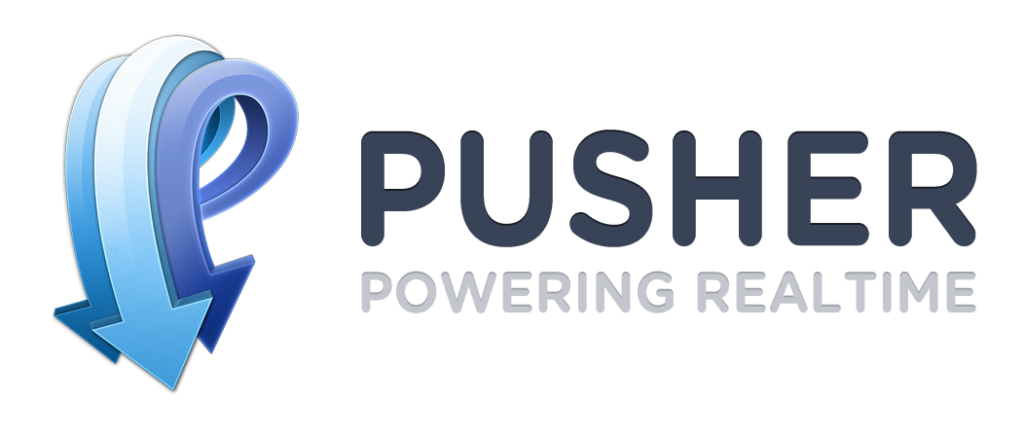
Pusher has earned its reputation for its ease of use and real-time capabilities. It offers a range of features, including:
1. Real-time Communication
Pusher facilitates instant, bi-directional communication between clients and servers, making it ideal for chat applications, notifications, and live updates. This real-time capability means that when a user sends a message or performs an action, other users see it immediately, creating a dynamic and engaging user experience.
2. Scalability
With Pusher, scaling your application to accommodate more users is relatively straightforward. It can handle thousands of connections concurrently, which is crucial for applications that anticipate rapid growth. This scalability ensures that your real-time features remain responsive and reliable as your user base expands.
3. Cross-Platform Support
Pusher boasts support for multiple platforms, including web, mobile, and IoT devices, ensuring seamless integration. Whether your users are accessing your application from a desktop browser or a mobile app, Pusher enables consistent and real-time interactions across all devices.
4. Abundant Libraries
Developers can take advantage of a wide array of libraries and SDKs provided by Pusher, making integration with various technologies a breeze. This extensive library support accelerates development and reduces the learning curve for implementing real-time features.
However, Pusher also has its limitations:
1. Cost
While Pusher offers a free tier, it comes with limitations on connections, channels, and messages per day. Scaling up can become expensive, particularly for applications with a growing user base. It’s essential to consider your long-term budget when relying on Pusher.
2. Infrastructure Management
You’ll need to manage your server infrastructure when using Pusher, which may require additional resources and expertise. This management responsibility can add complexity to your development process and increase operational costs.
3. Limited Customization
Pusher’s free tier may restrict the level of customization and control you have over your real-time features. If your application requires highly tailored real-time functionality, Pusher’s limitations may become a hindrance.
4. Data Retention
Pusher retains data for a limited time, which might not align with your application’s long-term data storage needs. For applications that rely on historical data analysis or need to maintain chat histories, this limitation can be problematic.
Why Consider a Pusher Alternative Free?
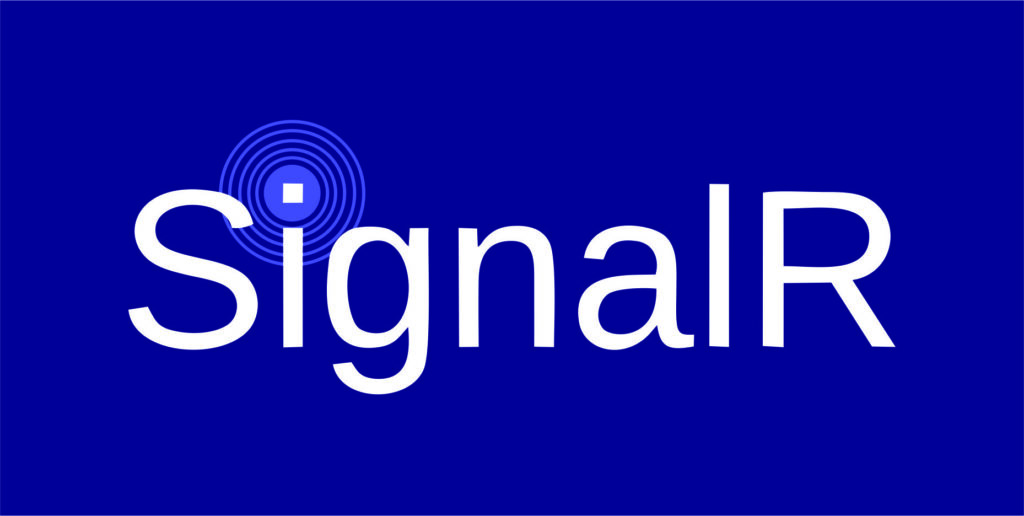
Given Pusher’s features and limitations, there are scenarios where seeking a Pusher alternative free makes sense:
1. Budget Constraints
For startups and projects with limited budgets, the cost of scaling with Pusher may not be sustainable. By exploring free alternatives, you can allocate your resources more effectively, especially in the early stages of your project.
2. Open Source Preference
Some developers prefer open-source solutions to have more control over their infrastructure and code. Open-source alternatives provide transparency, allowing you to inspect and modify the source code to suit your needs fully.
3. Scaling Flexibility
Free alternatives can offer greater scalability without incurring additional costs. If your application experiences rapid user growth or fluctuating usage patterns, a Pusher alternative free can adapt without breaking the bank.
4. Long-Term Viability
If you anticipate the need for extensive data retention, free alternatives might better suit your requirements. These alternatives often provide more generous data storage options, allowing you to preserve historical data for analysis and compliance purposes.
Commonly Used Pusher Alternative Free For Real-Time Messaging

Now, let’s dive into the exciting realm of Pusher alternative free:
1. Firebase Realtime Database
Firebase, a Google product, offers a free tier of its real-time database, which is perfect for real-time applications. It boasts:
- Real-time Synchronization: Keep data synchronized across clients in real-time, ensuring that changes made by one user are immediately visible to others. This feature enhances collaboration and engagement within your application.
- Scalability: Firebase scales effortlessly with your application’s needs, accommodating both small-scale projects and applications with millions of users. This scalability ensures that your real-time features remain responsive, regardless of your user base’s size.
- Authentication and Security: Robust authentication and security features are built-in, providing a secure environment for your real-time interactions. Firebase’s authentication system allows you to control access to your data effectively.
- NoSQL Database: Store and retrieve data in a flexible NoSQL database, which is particularly beneficial when dealing with unstructured or rapidly changing data. The NoSQL nature of Firebase’s database enables you to adapt your data schema on the fly, making it well-suited for dynamic applications.
2. Socket.io
Socket.io is an open-source library that simplifies real-time communication for web applications. Key features include:
- Bidirectional Communication: Socket.io enables real-time, bidirectional communication, allowing data to flow seamlessly between clients and servers. This bidirectional nature is crucial for applications where instantaneous updates are essential.
- Cross-Browser Compatibility: Works seamlessly across various browsers, ensuring a consistent experience for all users. Socket.io handles browser quirks and inconsistencies, eliminating compatibility headaches.
- Community Support: A thriving community ensures ongoing development and support. When using Socket.io, you benefit from the collective knowledge and expertise of a vibrant developer community.
- Customization: Developers have the freedom to tailor the solution to their needs. Socket.io’s modular architecture allows you to add custom features and fine-tune its behavior to align perfectly with your application’s requirements.
3. PubNub
PubNub offers a free tier for its real-time data streaming platform, making it a compelling Pusher alternative free. Highlights include:
- Global Scalability: PubNub operates globally, ensuring low-latency communication. With data centers strategically located worldwide, your users experience minimal delays when interacting in real-time.
- Message Storage: It provides message history for data retention, allowing you to access and analyze historical data. This feature is invaluable for applications that require auditing, compliance, or historical trend analysis.
- SDKs for Various Platforms: PubNub supports web, mobile, and IoT devices, ensuring that you can incorporate real-time functionality into a wide range of applications. Whether your users are on a web browser or a mobile app, PubNub has you covered.
- Security: Robust security features protect your data and user interactions. PubNub prioritizes the safety of your real-time communication, implementing encryption and access control measures.
4. AWS AppSync
Amazon Web Services (AWS) AppSync offers a managed service for real-time application development. Key benefits include:
- Serverless Architecture: Build real-time apps without managing servers. AppSync leverages AWS Lambda functions and other serverless components, reducing operational overhead and simplifying scaling.
- GraphQL Support: AppSync supports GraphQL for flexible data querying. GraphQL empowers your clients to request precisely the data they need, reducing over-fetching and optimizing network efficiency.
- Integration with AWS Services: Seamlessly integrate with other AWS services, such as AWS DynamoDB and Amazon Elasticsearch, to enhance your real-time capabilities. AWS’s extensive service ecosystem offers numerous options for extending your application’s functionality.
- Offline Data Access: Allows data access even when offline, ensuring a seamless user experience regardless of connectivity. AppSync’s offline support is particularly valuable for mobile applications that may frequently go offline.
5. SignalR
SignalR, developed by Microsoft, is a real-time library for .NET applications. It stands out with the following:
- Ease of Integration: Integration into .NET applications is straightforward, thanks to SignalR’s comprehensive documentation and libraries. Developers familiar with the .NET ecosystem will find it particularly accessible.
- Cross-Platform: Supports multiple platforms, including Windows, Linux, and macOS. This cross-platform compatibility enables you to extend real-time features to a wide range of environments.
- Scalability: Easily scale your real-time applications, whether you’re serving a small group of users or a massive audience. SignalR offers both scaling out to multiple servers and scaling up within a single server.
- Built-in Hub Feature: Enables server-to-client communication, making it easy to push updates and notifications from the server to connected clients. This feature simplifies real-time interactions in applications like chat and live updates.
6. Pushpin
Pushpin is an open-source, real-time proxy server. It provides:
- WebSocket Support: Enables WebSocket-based real-time communication, which is highly efficient for instant data transmission. Pushpin’s WebSocket support ensures minimal latency in your real-time features.
- HTTP Streaming: Supports HTTP streaming for efficient data transfer. This streaming capability allows clients to receive updates as soon as they are available, reducing the delay in real-time interactions.
- Scalability: Easily scale your real-time infrastructure to accommodate growing user bases or traffic spikes. Pushpin’s architecture supports horizontal scaling, ensuring the reliability of your real-time features.
- Customization: Tailor the solution to your application’s needs by extending Pushpin’s functionality or integrating it with other technologies. This level of customization allows you to create unique and specialized real-time experiences.
7. RabbitMQ
While primarily a message broker, RabbitMQ can be used to implement real-time features. Its advantages include:
- Reliable Messaging: Ensures reliable message delivery, a fundamental requirement for real-time communication. RabbitMQ’s robust messaging system minimizes the risk of message loss or duplication.
- Integration Capabilities: Integrates seamlessly with various technologies, making it a versatile choice for incorporating real-time functionality into diverse applications. Whether you’re working with web applications, microservices, or IoT devices, RabbitMQ can serve as a reliable message transport.
- Open Source: It’s an open-source solution with an active community. The open-source nature of RabbitMQ ensures continuous development, updates, and community support, reducing the risk of obsolescence.
- Scalability: Can handle a large number of messages, making it suitable for high-throughput real-time scenarios. RabbitMQ’s ability to distribute messages efficiently ensures that your real-time features remain responsive, even under heavy loads.
8. NATS
NATS is a lightweight and highly performant messaging system. Key features include:
- High Performance: NATS is known for its low latency and high throughput, ensuring that messages are delivered with minimal delay. This makes it an excellent choice for applications where real-time responsiveness is critical.
- Publish-Subscribe Model: Supports the publish-subscribe messaging pattern, allowing you to implement complex real-time interactions with ease. NATS’ pub-sub model simplifies broadcasting updates to multiple subscribers.
- Open Source: It’s open-source and has a supportive community. The open-source nature of NATS means that you can rely on community contributions and ongoing development to meet your real-time messaging needs.
- Scalability: NATS can scale horizontally as your needs grow, ensuring that your real-time infrastructure can accommodate an increasing number of users and messages.
9. Ably
Ably is a real-time data delivery platform offering a free tier with:
- Global Edge Network: Low-latency communication via a global network, which minimizes the time it takes for messages to travel between clients and servers. Ably’s edge network ensures that your real-time features remain responsive, regardless of your users’ locations.
- Message History: Stores message history for data retrieval, allowing you to access and analyze past interactions. This feature is essential for applications that require compliance auditing or historical data analysis.
- SDKs for Various Platforms: Supports web, mobile, and IoT devices, ensuring that you can incorporate real-time functionality into a wide range of applications. Ably’s SDKs streamline the integration process, reducing development time.
- Security: Provides robust security features to safeguard your data and user interactions. Ably prioritizes security to ensure that your real-time communication remains confidential and protected from unauthorized access.
10. Pusher (Free Plan)
While Pusher offers paid plans, its free plan is worth considering, especially for small-scale projects. It includes:
- Real-time Communication: Enjoy Pusher’s real-time capabilities, which enable instantaneous updates and interactions within your application. Whether you’re building a chat app or live dashboard, Pusher’s real-time features can enhance user engagement.
- Limited Usage: The free plan comes with limitations on connections, channels, and messages. While these limitations may not be suitable for large-scale applications, they can suffice for prototyping, small projects, or applications with a modest user base.
- Ease of Use: Benefit from Pusher’s user-friendly interface and straightforward integration process. Pusher’s intuitive tools and documentation streamline the implementation of real-time features, even for developers with limited experience.
- Community Support: Access to the Pusher community for assistance, guidance, and troubleshooting. The Pusher community can provide valuable insights and solutions to common real-time development challenges.
Factors To Consider While Choosing The Perfect Pusher Alternative Free
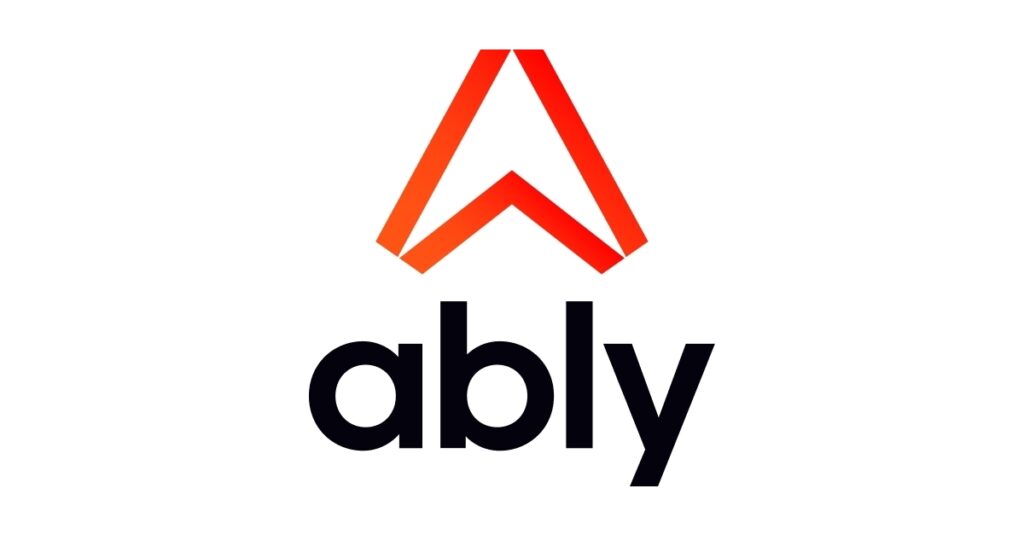
When evaluating a Pusher alternative free, keep these factors in mind:
1. Scalability
Ensure the Pusher alternative free can handle your application’s growth without incurring substantial costs. Scalability is critical, especially if you anticipate rapid user acquisition.
2. Data Retention
Consider your data retention requirements and choose a solution that aligns with them. For applications that rely on historical data for analytics or compliance, robust data retention is essential.
3. Integration
Check if the Pusher alternative free seamlessly integrates with your existing technology stack. Smooth integration simplifies the development process and reduces potential friction points.
4. Security
Prioritize solutions with robust security features to protect your data and users. Security is a fundamental concern in real-time applications, and choosing a solution with strong security measures is essential.
5. Developer Community
A strong developer community can provide valuable support and resources. Community-driven alternatives often benefit from continuous development and a wealth of documentation and tutorials.
In Conclusion
While Pusher offers excellent real-time communication capabilities, exploring free alternatives is a prudent choice, especially when cost-efficiency and scalability are essential. Each of the alternatives mentioned above has its unique strengths, so assess your specific project requirements and choose the one that best suits your needs. Happy coding!




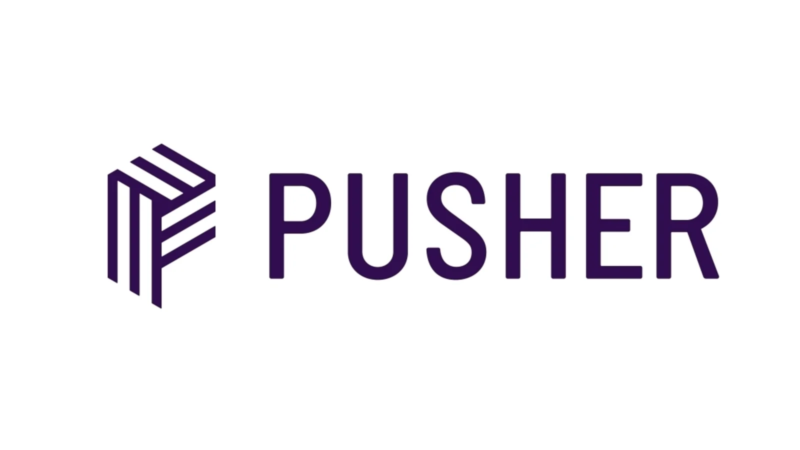


![[pii_email_38d09e94f310a9ba2454] Error](https://rocketfiles.com/wp-content/uploads/2023/03/Pii-Errors-pii_email_-380x250.png)
